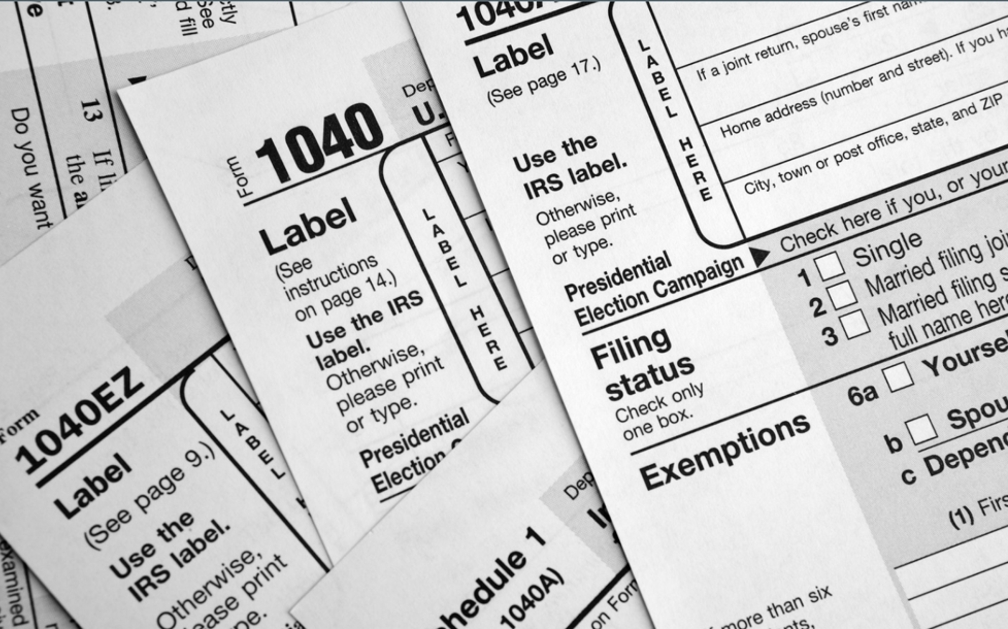In today’s digital age, obtaining life insurance has never been easier. With online life insurance quotes through PolicyWand, you can quickly explore various options and find the best term life insurance company to suit your needs. Whether you’re seeking a quote for life insurance online, specifically interested in no medical exam life insurance, or looking for a million-dollar life insurance policy, the convenience and simplicity through PolicyWand makes the process seamless. Let’s delve into the advantages of no medical term life insurance, compare quotes for term life insurance policies, and discover the best life insurance companies in the USA—all at your fingertips.
Evaluating No Medical Exam Life Insurance:
For those seeking a hassle-free experience, no medical exam life insurance is an ideal choice. By eliminating the need for medical examinations, these policies streamline the application process, making it quicker and more convenient. You can secure term life insurance with no medical exam, ensuring that you receive coverage without the delay of in person medical evaluations. This option is particularly beneficial for individuals who prefer efficiency and convenience when obtaining life insurance. Get your No Medical Exam Life Insurance Quotes here.
Unveiling Term Life Insurance Policy Quotes Online:
Obtaining quotes for life insurance online empowers you to make informed decisions about your coverage. By utilizing PolicyWand’s online platform, you can easily compare term life insurance policy quotes from multiple providers. This allows you to evaluate the terms, coverage amounts, and premium rates offered by different companies, enabling you to find the most suitable policy for your needs. With a few clicks, you gain access to a wealth of information that helps you choose the right term life insurance policy. See your quotes now and compare Term Life Insurance policies here.
Seizing the Benefits of Online Term Life Insurance Quotes:
PolicyWand offers online term life insurance quotes providing you with a comprehensive overview of available options while enabling you to conduct a thorough comparison. You can assess coverage amounts, policy durations, and premium rates, allowing you to tailor the policy to your specific requirements. By utilizing online tools like our online life insurance calculator, used to help you determine just how much life insurance you need, you have the flexibility to modify coverage amounts and policy terms to find a plan that fits your budget and offers optimal protection for your loved ones.
Comparing Life Insurance Carriers for a Comprehensive Analysis:
When it comes to securing the best life insurance coverage, comparing quotes is essential. PolicyWand offers a convenient way to compare multiple life insurance carriers side by side by clicking here. By utilizing these tools, you can examine coverage options, premium rates, and policy features, facilitating a comprehensive analysis. This comparison empowers you to make an informed decision and select a policy that provides the right balance between affordability and adequate coverage.
Discovering the Best Life Insurance Companies in the USA:
In your pursuit of the best life insurance, it’s crucial to consider reputable providers. The United States is home to several top-tier life insurance companies known for their reliability, customer service, and financial stability. By exploring online resources and reviews, you can identify the best life insurance companies in the USA. PolicyWand brings you companies that offer competitive rates, flexible coverage options, and excellent customer satisfaction, ensuring peace of mind for you and your family.
In the era of online accessibility, obtaining life insurance quotes has never been more convenient. At PolicyWand, you have the ability to acquire online life insurance quotes, compare policies, and explore options such as no medical exam life insurance, you have the tools at your disposal to make an informed decision. Take advantage of the benefits of online term life insurance quotes, compare quotes for term life insurance policies, and discover the best life insurance companies in the USA. Click here, to start your journey towards securing the best life insurance coverage that suits your needs with just a few clicks.














